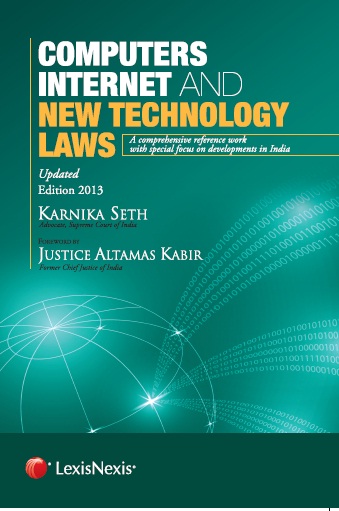Cyber Glossary
Cyberlaw dictionary is an alphabetical reference guide to technical and legal terms related to the Internet. The site you are now browsing contains over 500 definitions of words drawn from Standard Internet English including technical terms and their meanings. Our aim is to explain basic technical jargon of cyberspace to those who are not familiar with its jargon. We've given preference to terms that are widely used, like modem or bandwidth, and to those that describe new concepts specific to the Internet experience such as phishing or sexting.
E-mail spoofing
Forging an e-mail header to make it appear as if it came from somewhere or someone other than the actual source. The main protocol that is used when sending e-mail -- SMTP -- does not include a way to authenticate. There is an SMTP service extension (RFC 2554) that allows an SMTP client to negotiate a security level with a mail server. But if this precaution is not taken anyone with the know-how can connect to the server and use it to send spoofed messages by altering the header information. In some jurisdictions, e-mail spoofing anyone other than yourself is illegal.














